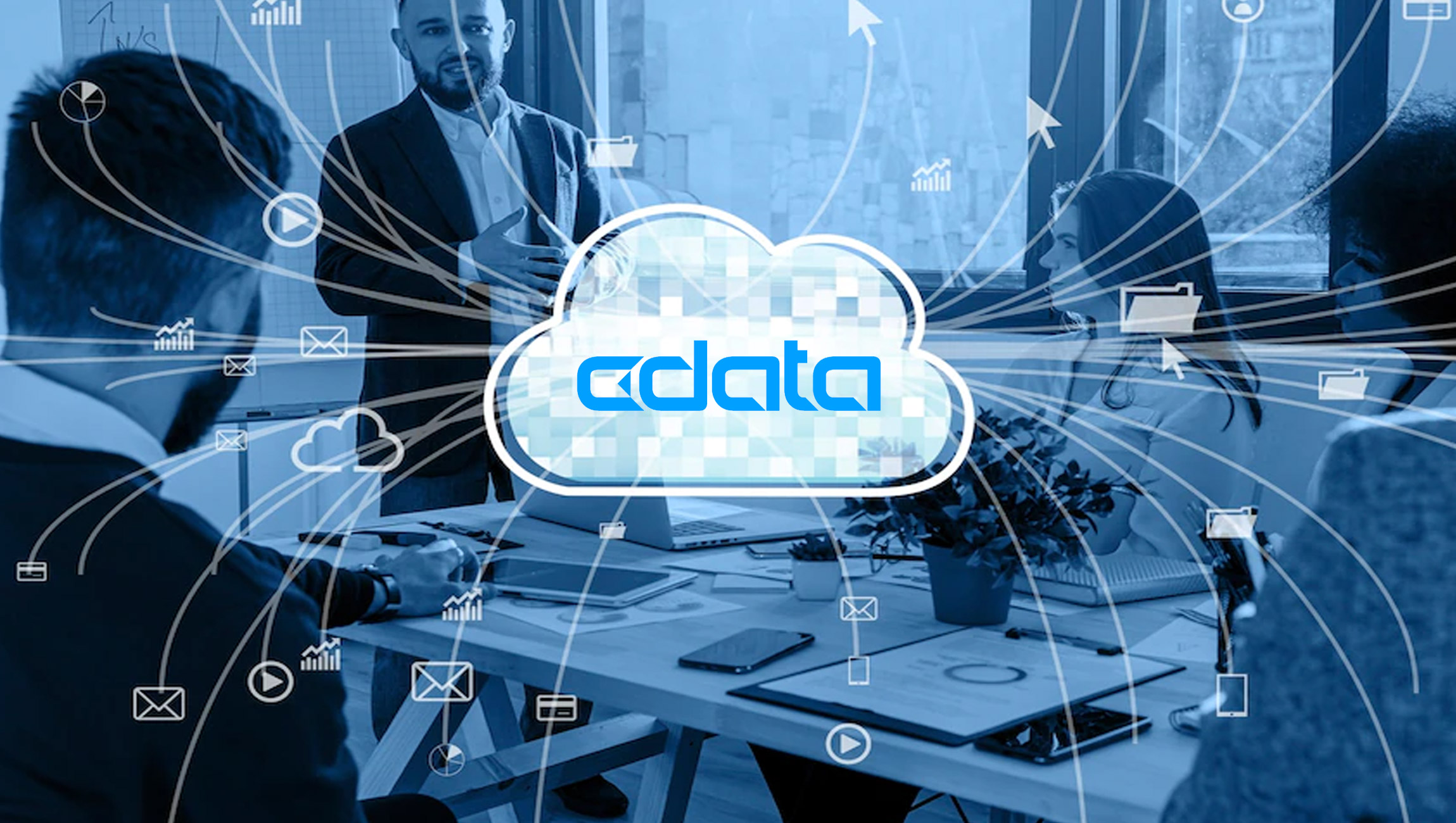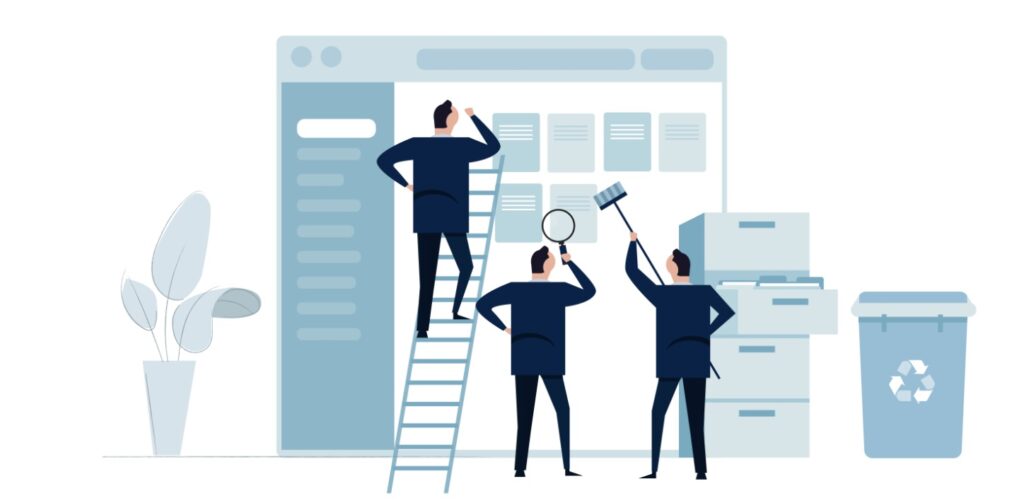Let’s be honest—if you’re running a modern enterprise, you’ve probably fallen head-over-heels for Snowflake’s promise of seamless data centralization. But here’s the plot twist nobody talks about in those glossy vendor presentations: getting your ERP data to play nicely with Snowflake is like trying to teach your grandmother to use TikTok—technically possible, but requiring patience, expertise, and probably a few choice words.
The fundamental challenge isn’t technical incompetence—it’s architectural misalignment. Your ERP systems were built when data lived in silos and “integration” meant batch processing overnight. Meanwhile, Snowflake operates in a cloud-native, API-first world where data flows like water.
ERP systems hold vital financial data for FP&A teams, but extracting and utilizing this data in cloud environments presents challenges. The major issue is the lack of out-of-the-box connectors, often requiring custom coding and API management that strains IT resources. This isn’t about moving data from point A to point B—it’s about preserving the integrity, context, and timeliness of financial information that drives critical business decisions.
The stakes couldn’t be higher. When your quarterly financial close depends on accurate revenue recognition data, or when operational analytics need real-time inventory levels, “close enough” isn’t good enough. Every day of delayed implementation represents compounding opportunity cost across your organization.
While everyone’s talking about AI and machine learning, the most transformative analytics initiatives still depend on boring old ERP data. Your accounts receivable aging, inventory turnover ratios, and procurement spend analysis aren’t sexy, but they’re the foundation of every meaningful business insight.
Move analytics workloads from SAP ERP to Snowflake to boost AI and ML, consolidate data from all ERP sources & integrate IT with OT to power smart manufacturing. The challenge is that ERP data doesn’t just sit there—it’s constantly changing, highly structured, and riddled with business rules that can make or break your analytics initiatives.
Consider the typical enterprise scenario: your CFO wants real-time profitability analysis, your supply chain team needs demand forecasting incorporating both historical sales and current inventory, and operations requires cost analysis spanning multiple ERP modules. Each use case requires intelligent transformation that preserves business context while making information accessible to modern analytics tools.
Most organizations start their Snowflake-ERP integration journey with their own development teams. After all, how hard can it be? The answer: harder than it looks and more expensive than you budgeted.
Custom integration solutions require ongoing maintenance, error handling, performance optimization, and constant updates as both platforms evolve. Your developers become integration specialists instead of focusing on value-added applications, and time-to-insight stretches from weeks to months.
Then there’s data quality. ERP systems are notorious for complex data models, interdependent tables, and business logic existing only in institutional knowledge. Getting this data into Snowflake while maintaining integrity and business meaning requires deep expertise in both platforms.
CData transforms the conversation from “How do we solve this integration nightmare?” to “How quickly can we start generating insights?” CData is a Premier Snowflake Technology Partner for ETL tasks, providing pre-built connectors for major ERP systems that handle data extraction, transformation, and loading while maintaining enterprise-grade performance and reliability.
The platform handles technical complexities that derail integration projects: incremental updates, schema evolution, error recovery, performance optimization, and security compliance. Your team can focus on building analytics applications instead of wrestling with integration infrastructure.
The transformation is dramatic. Where custom projects typically require months of development, CData customers extract ERP data into Snowflake within days. This acceleration isn’t just technical efficiency—it’s competitive advantage in markets where data-driven decisions determine winners and losers.
What this means for ERP Insiders
Prioritize integration speed over custom development. Organizations achieving faster time-to-insight from ERP data outperform competitors by 23% in operational efficiency. Rather than building custom solutions, evaluate pre-built platforms like CData that connect ERP systems to Snowflake in days rather than months. CData’s architecture supports over 270 data sources with cloud-optimized performance, eliminating technical debt and maintenance costs. Customers report reducing integration timelines from 6-8 months to 2-3 weeks while achieving superior data quality and reliability.
Implement real-time ERP data integration. Financial and operational analytics lose value rapidly—hours-old inventory data causes stockouts, while delayed financial reporting impacts compliance. CData’s change data capture enables real-time ERP-to-Snowflake synchronization, supporting integration analytics that drive immediate business action. Manufacturing customers using CData for SAP integration achieve real-time visibility into production costs and quality metrics, enabling proactive decisions that reduced operational costs by 15-20%. Incremental updates without full refreshes make this approach performance-efficient and cost-effective.
Build a unified data foundation. Future enterprise analytics combines ERP financial data with operational systems, IoT sensors, and external market data. CData’s unified connectivity platform provides consistent data access patterns across diverse sources, all Snowflake-optimized. Organizations report 40% faster development cycles for new analytics applications and improved data governance through centralized connectivity management. Support for both batch and real-time integration creates flexible foundations that adapt to changing requirements without architectural overhauls.






